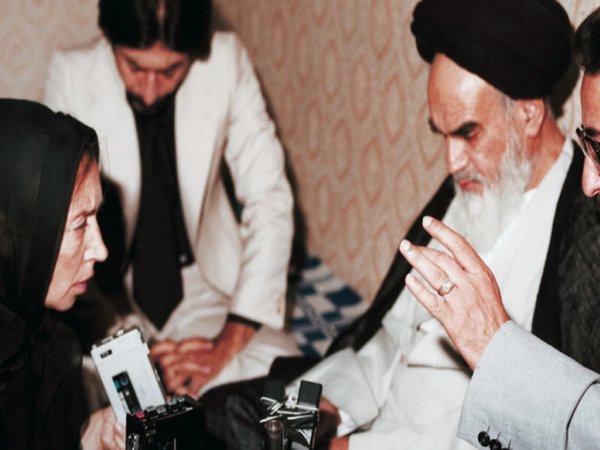‘There was a big earthquake up here!’ a Japanese friend texted me from the Tokyo area. But I was not perturbed. Earthquakes in Japan are as common as sushi and sumo wrestling.
The earthquake has now been identified as the largest to hit Japan in recorded history. The earthquake was the trigger to the perfect storm. Within hours of the tremors a colossal tsunami, in some places reaching ten metres high, engulfed the North East coast of Japan’s main island of Honshu. There are now over 28,000 people confirmed dead or missing.
Once I arrived home in Osaka that evening I turned on the TV to find images of the lucky few who had fled to higher ground before their towns were swept away by the giant tidal wave. Was I watching the news or was NHK playing the Hollywood blockbuster, The Day After Tomorrow?
The next blow to Japan was the news that several nuclear plants had lost power and that back up generators had been wiped out by the tsunami. The Japanese people held their collective breaths at the thought of a possible nuclear meltdown. Foreigners living in Japan began to panic. A lot of my foreign friends began to talk of fleeing the country. The Japanese on the other hand have been forced to place their welfare and livelihoods in the hands of Tokyo Electric Power Company – a private corporation. Somewhat ironic in a post war Japan fuelled by western capitalism.
‘There has been an explosion at Fukushima No. 1 nuclear plant,’ rang out the cries from local media and foreign media outlets.
Now the foreigners living in Japan really started to panic. Half of my fellow exchange students began preparing to book flights to leave the country. Anxiety also rose amongst the Japanese but foreign reports – peppered with the convenient expression of ‘panic-buying’ – were wildly over exaggerated. There was, and still is, stockpiling of essential goods such as petrol and water in the most effected areas but perhaps it would be more effectively described as ‘orderly over-purchasing’.
The internet provided foreigners living in Japan with an influx of foreign English media reports on the nuclear crisis. The Guardian newspaper created a minute-by-minute online blog – akin to its famous over-by-over cricket updates – allowing people to experience every ebb and flow of the nuclear threat. And so with every minute-by-minute update fear amongst my foreign friends grew. This fear and panic had negative effects on the Japanese populace. Many asking, ‘Why are the foreign people fleeing Japan? What do they know that we don’t know?’.
By contrast, the Japanese TV news reports were less sensational, providing the Japanese with more in-depth analysis of the possible outcomes and effects of a nuclear meltdown – needless to say the people were and remain somewhat sceptical of official press releases. It was clear from watching nuclear experts on Japanese TV that whilst providing the best possible analysis, they also felt a responsibility to help ease the anxieties of their audience.
On almost every online media report comparisons were being made to the worst nuclear accident in history, the 1986 Chernobyl disaster. This made for some exciting reading for those surfing the net on the other side of the globe, but a little more disconcerting for those within a wind change away from the nuclear threat. What online media reports did not explain was that the Japanese power plants had been built with several additional containment structures to withstand even the most extreme of circumstances. According to the Massachusetts Institute of Technology, the most outer fourth containment structures are ‘designed, built and tested for one single purpose: To contain, indefinitely, a complete core meltdown.’ Unfortunately, this vitally reassuring information was nowhere to be found on online media reports.
The constant flow of ‘worst-case scenario’ reporting and a continuous feed of raw information and updates without any context or critical analysis rendered the online media almost useless for readers trying to gauge the reality of the situation. The Japanese media on the other hand appeared to understand the importance of its role in the ongoing national crisis. Japanese television news reports were composed and provided useful in-depth accounts of the situation.
As a student of journalism, there were many lessons to be learned from being a foreigner living on the fringe of this crisis. The digital media, whose audience spans across the globe, reported with little thought of those who would be reading their material in the crisis zone. Moreover it was evident that the importance of critical in-depth analysis of events took a backseat to real-time publishing of information before the competition.
Should online media exhibit a sense of balance in not just reporting the raw facts but also providing useful in-depth analysis of ongoing crises?
Should online media demonstrate a sense of responsibility in minimizing sensationalism to avert greater anxiety amongst the audience reading their reports in a crisis zone?
One hopes that online journalists and chief editors recognise the impacts of their style of reporting. A moral choice between maximising profits online through fantastic reports versus informative composed reporting beneficial to their minority audience in crisis areas.
Glen Clancy is a Bachelor of Journalism student at La Trobe University on exchange at Momoyama Gakuin University in Osaka in Japan. This piece first appeared on his blog The Why Generation.






